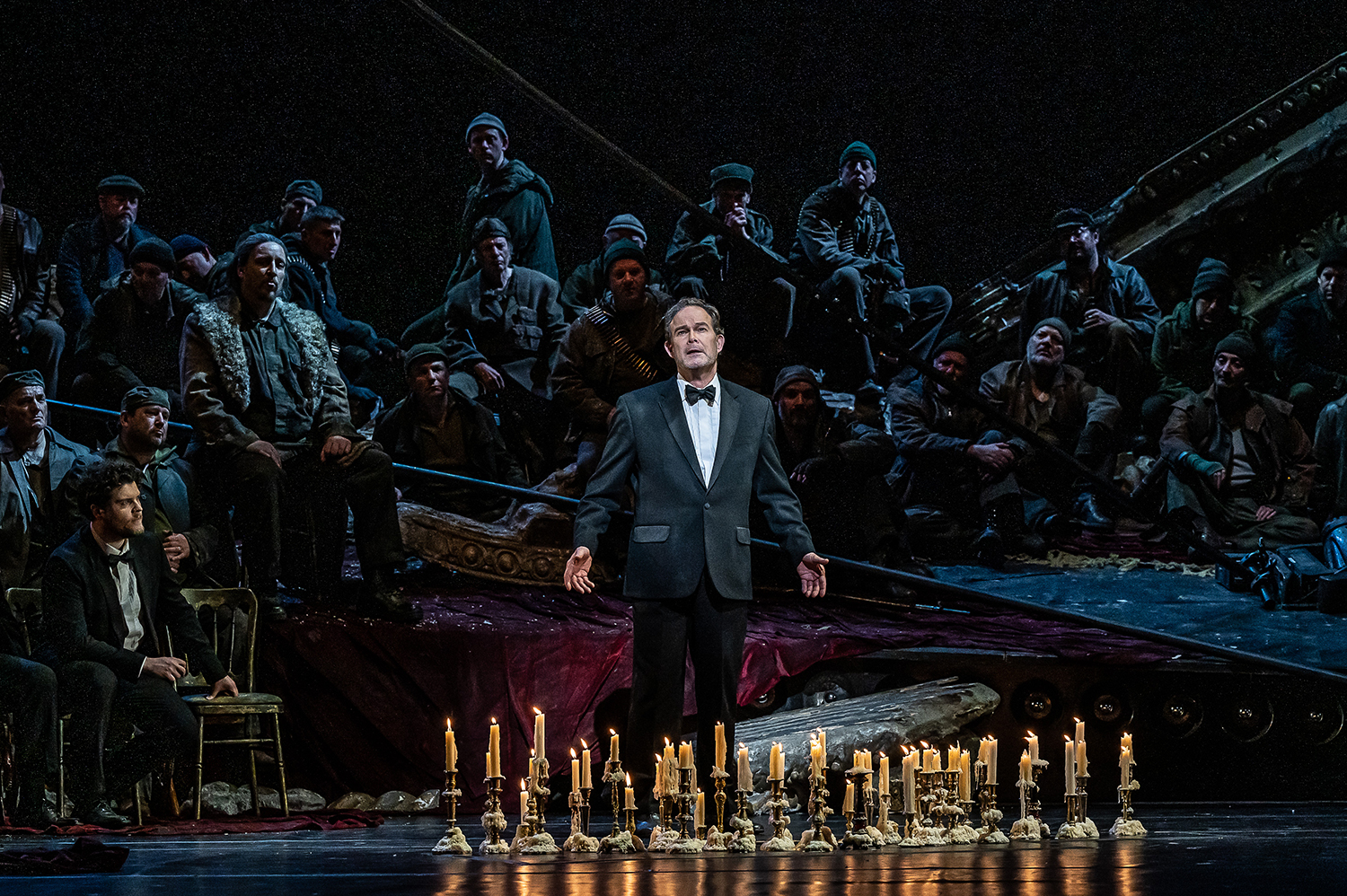A classical concert programme is like a set menu, and for this palate the most tempting orchestral offering in the UK this January came from the Slaithwaite Philharmonic under its conductor Benjamin Ellin. They opened with a suite from Bernard Herrmann’s Vertigo, and the inclusion of Hollywood film music in a ‘straight’ classical programme was interesting in itself. Film music has been around for more than a century now. Many scores are fully as effective in concert as (say) Schubert’s Rosamunde or Beethoven’s Egmont, and yet this almost never happens. Film scores (unless by a big beast of the classical world) are generally hived off into ‘pops’ nights. Snobbery is the most adaptable of vices.
Anyhow, here was an amateur orchestra showing the way and – even more formidably – following up with Korngold’s distinctly gnarly Symphony in F-sharp major, the kind of piece that professional musicians tend to assume is beyond the skills of amateurs (especially if they never work with them). In between, the trumpeter Patrick Addinall played the Trumpet Concerto by the Cheshire-based composer Ivor Hodgson, in a new version (the original was for wind band) for full orchestra. You had to read the programme booklet quite carefully to realise that this was, in effect, a world première.
In Huddersfield Town Hall it all came across with thrilling immediacy, as is often the way in these grand Victorian concert rooms. The stage is curved like an amphitheatre, and with the percussion and brass stacked up at the top either side of the organ, there was a terrific sense of antiphonal to-and-fro: horns and trombones calling to each other over the toiling sea of strings. The one area in which the Slaithwaite Philharmonic seemed short-handed was the violin section, though the main audible impact was on depth of tone, rather than quality of finish.








Comments
Join the debate for just £1 a month
Be part of the conversation with other Spectator readers by getting your first three months for £3.
UNLOCK ACCESS Just £1 a monthAlready a subscriber? Log in